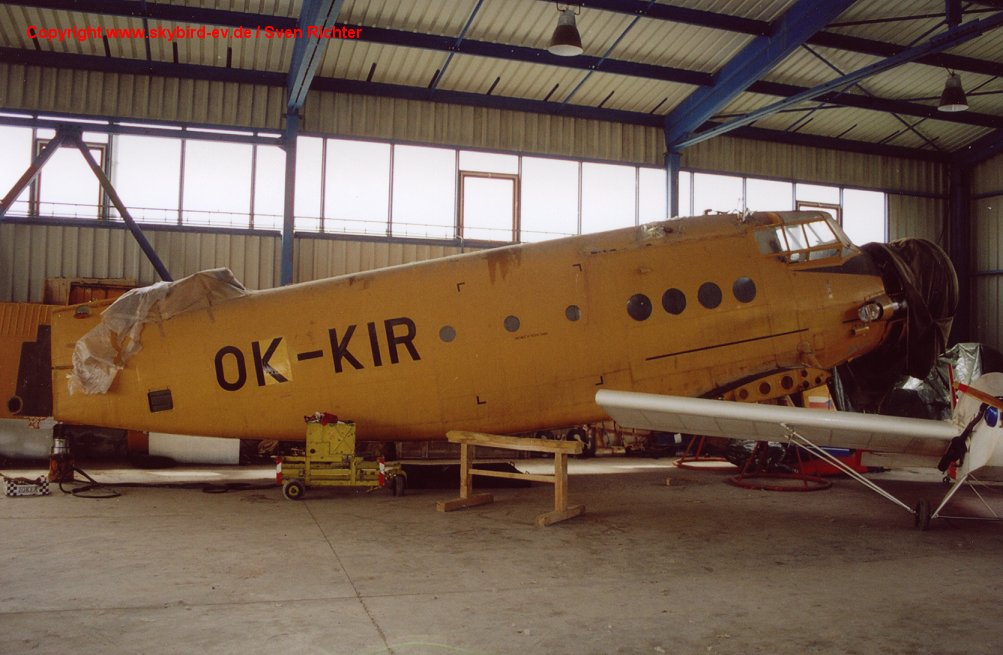Crash of a PZL-Mielec AN-2R in Czech Republic
Date & Time:
Sep 23, 2000
Registration:
OK-KIR
Survivors:
Yes
MSN:
1G190-12
YOM:
1980
Crew on board:
2
Crew fatalities:
Pax on board:
0
Pax fatalities:
Other fatalities:
Total fatalities:
0
Circumstances:
Crashed in unknown circumstances somewhere in Czech Republic.








